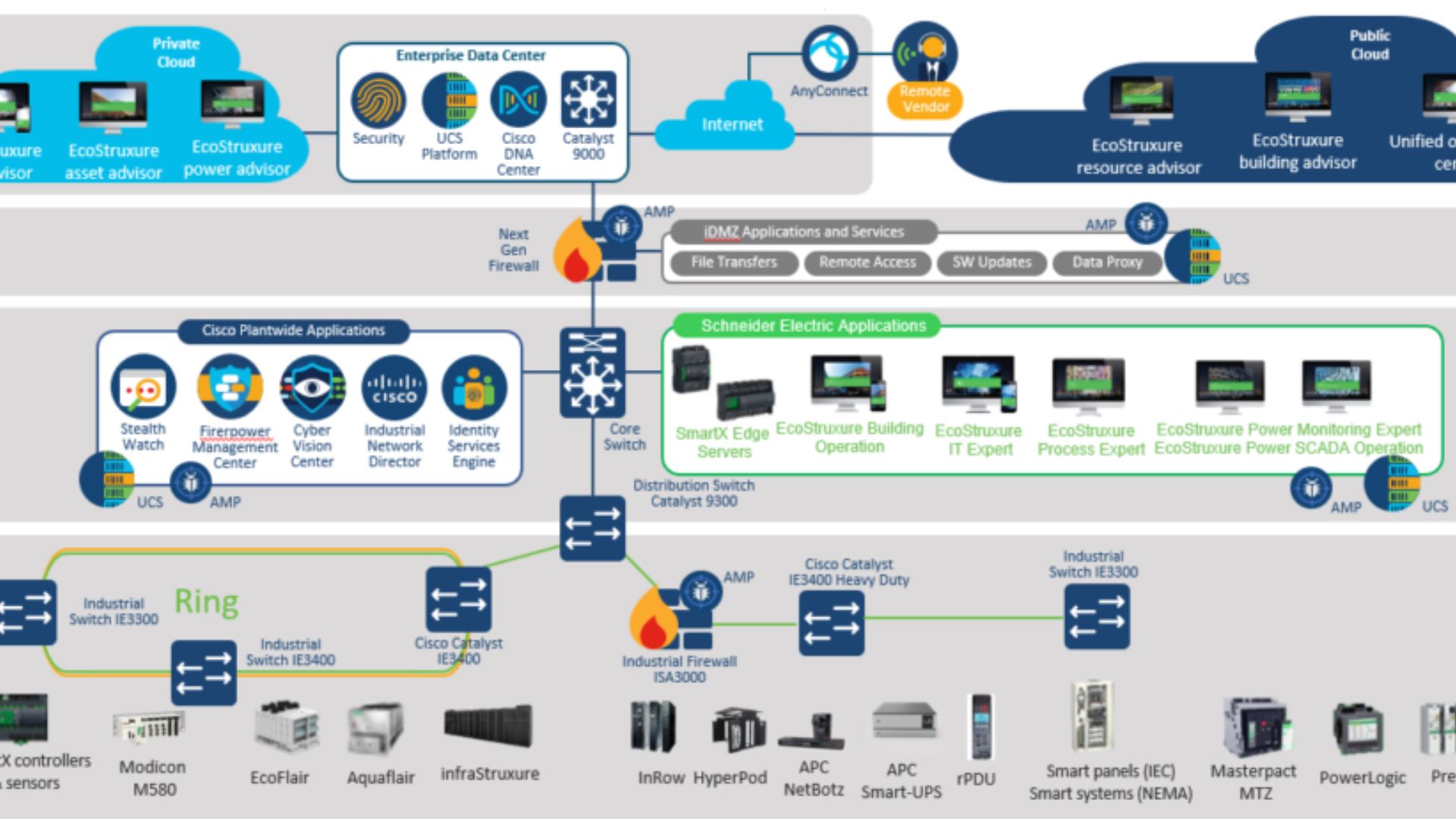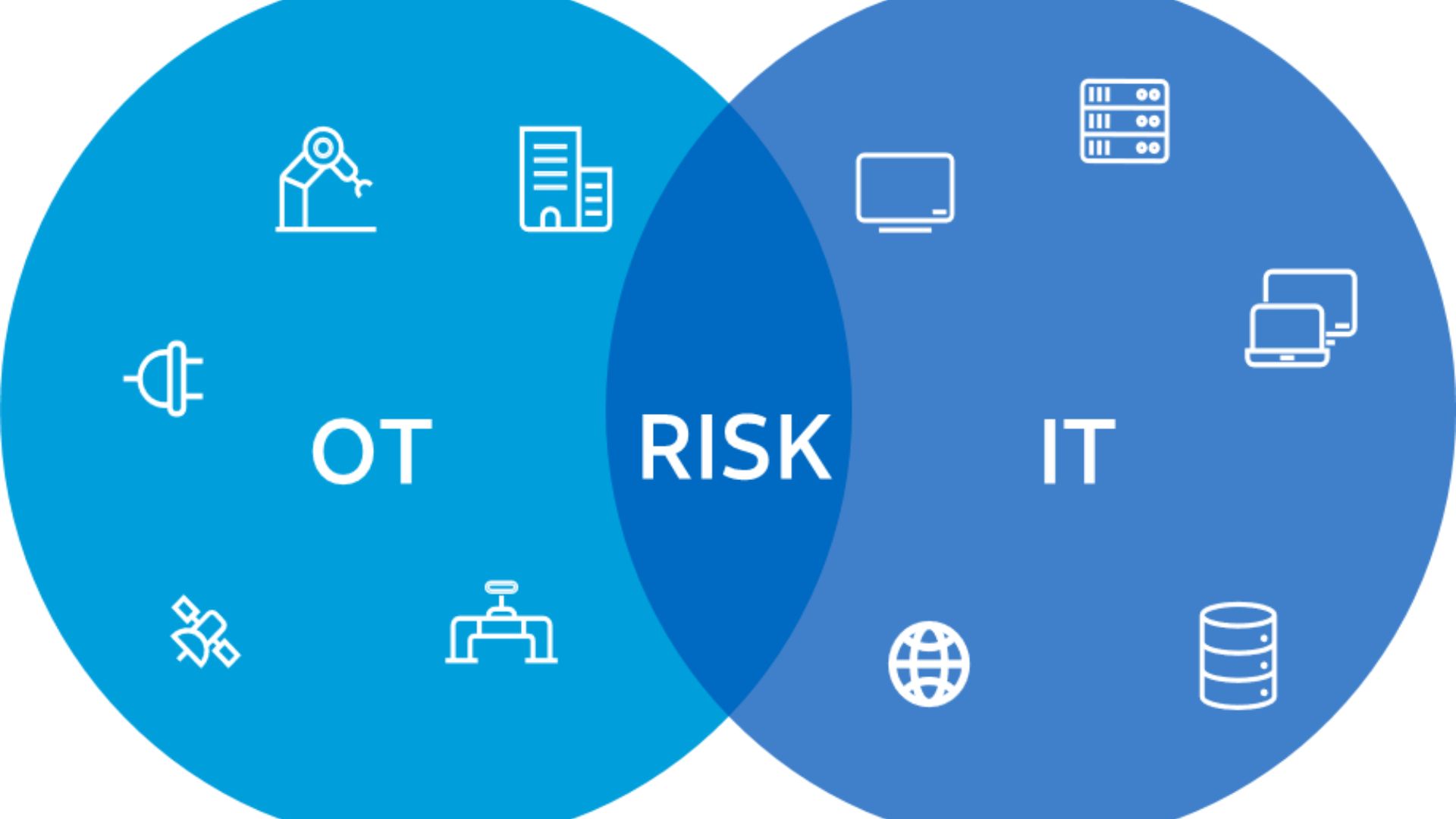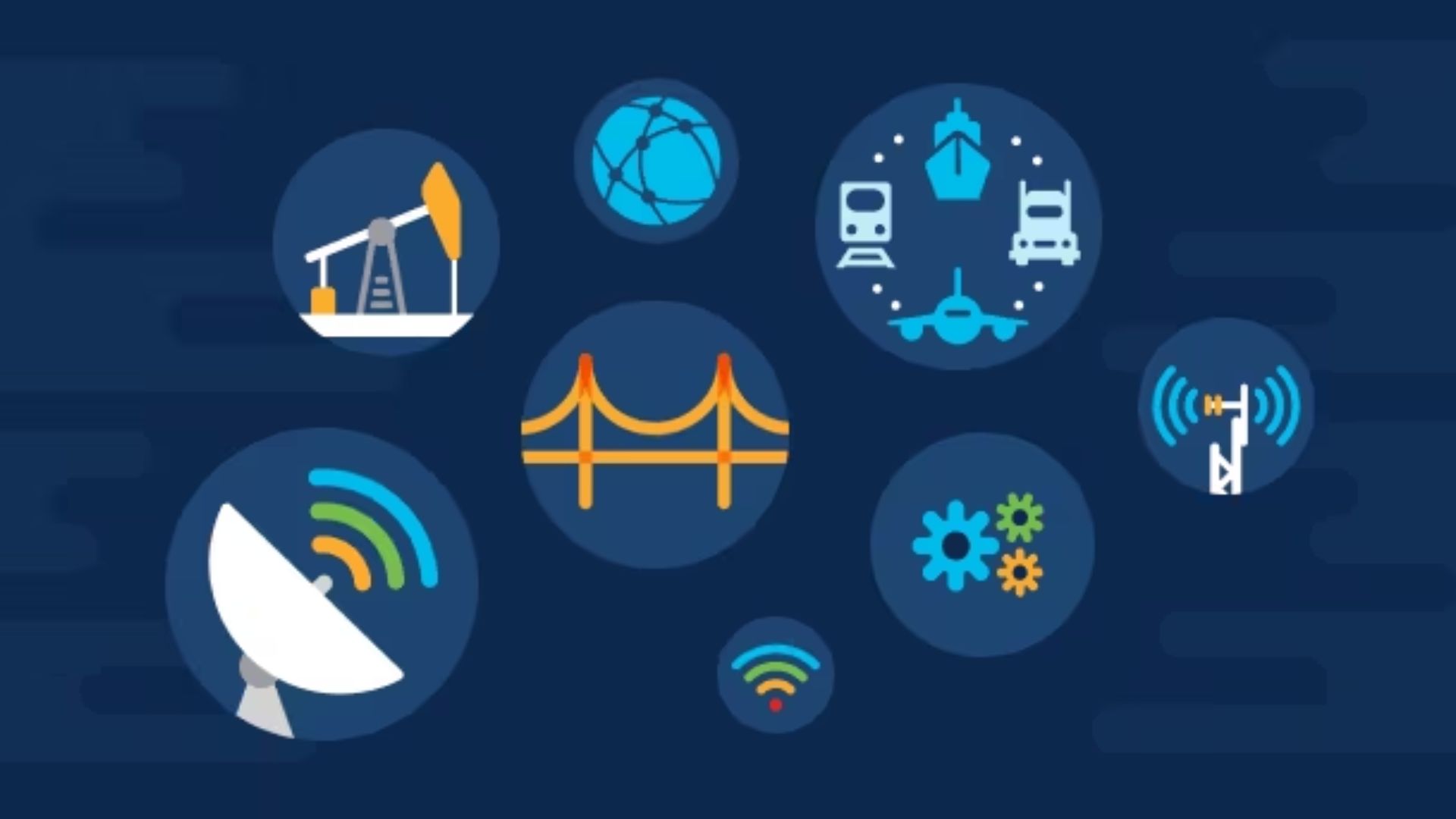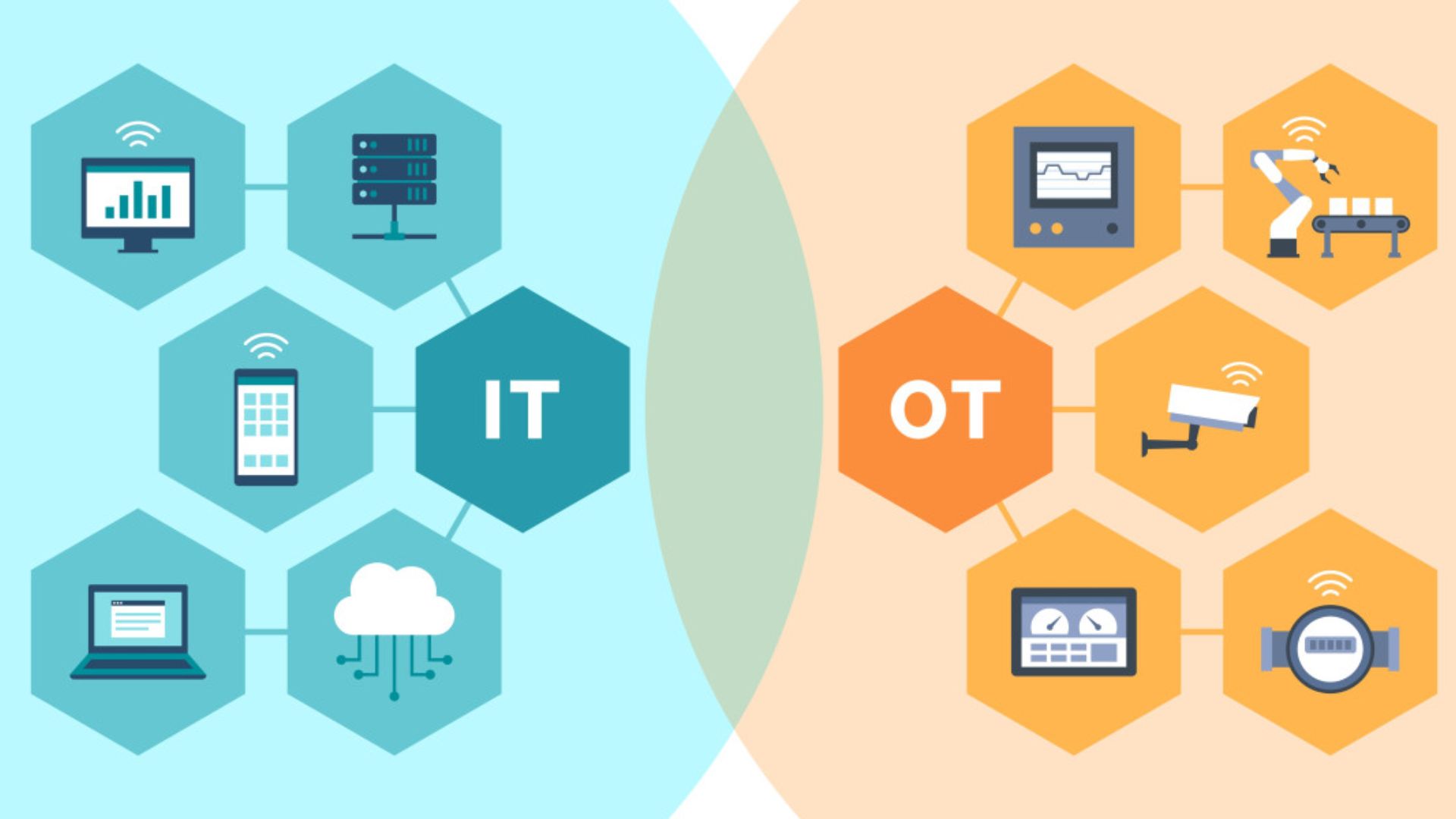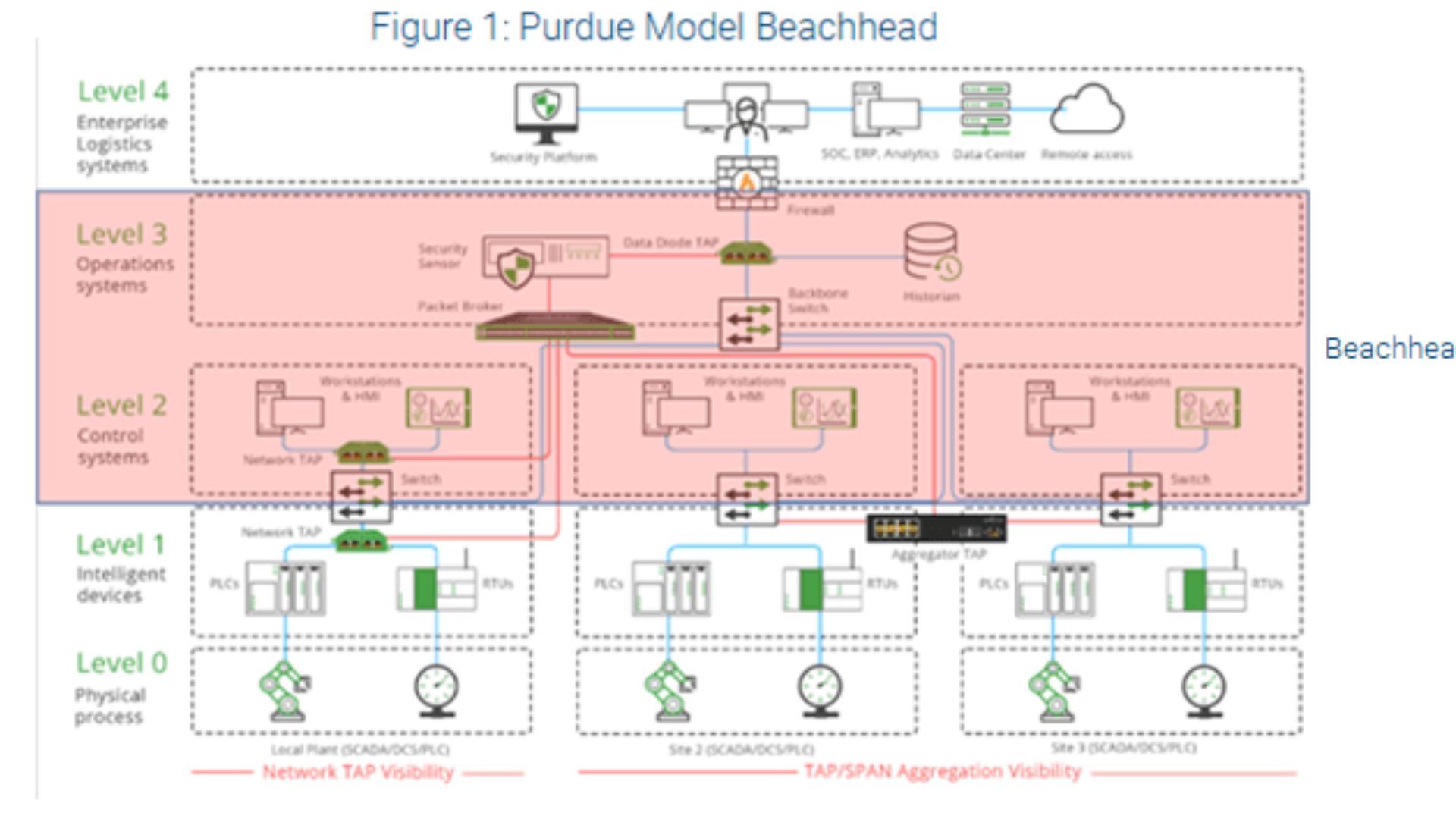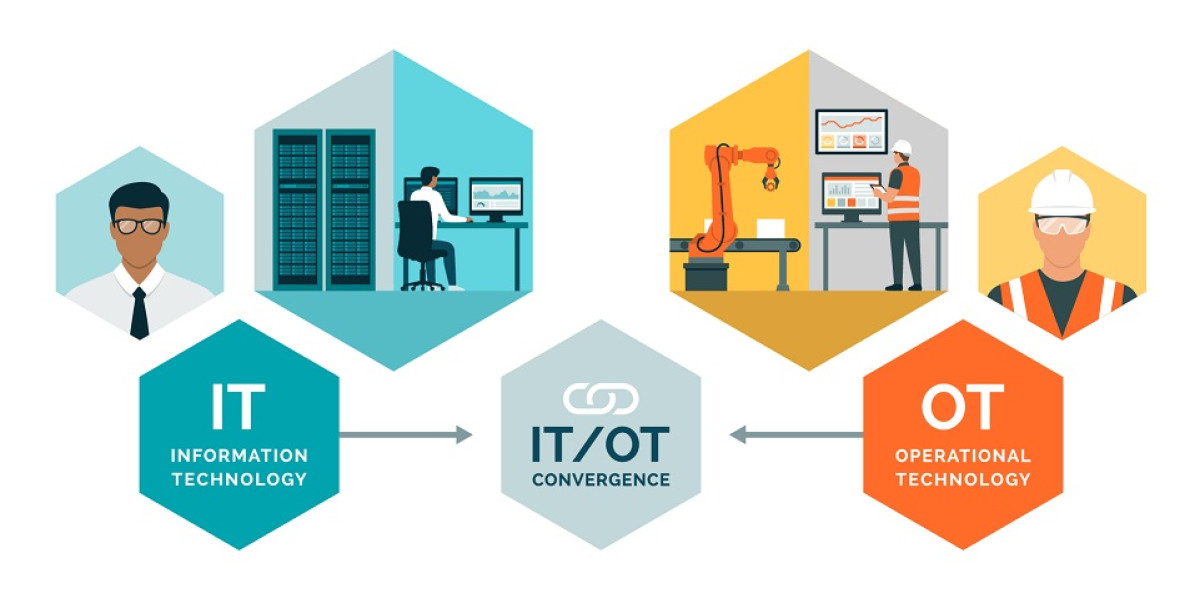
People who work with software development are used to hearing the word "technical debt" because technology is constantly changing. Many people in the tech field know what this means, but most people outside of IT need to learn what the personal costs are.
In Operational Technology (OT) environments, a lot of the technical debt is in the infrastructure itself, not just in software tools like it is in traditional IT environments. Because of tight deadlines and the need to get software out quickly, developers have to find a mix between writing good code and getting things done quickly.
People want to know, what are the best ways to overcome technical debt in IT/OT environments? This piece goes into detail about technical debt and looks at ways to deal with its problems and make sure that software engineering programs are solid and valuable.
What Is Technical Debt?
It's easy to explain, technical debt is the cost of shortcuts or quick fixes. It's the problems that come up when you keep bugs in your system to get the job done. It's also known as designed debt or code debt. These inefficiencies get worse over time, and they can cost you essential productivity and profit in the long run.
A small amount of debt can speed up development as long as it is quickly paid off through reworking. When the loan is not paid back, the danger arises. Every minute spent on code that isn't quite right for the current programming job is like adding interest to that debt.
Like credit card debt, tech debt is sometimes unavoidable, which isn't always a bad thing. Some goods have to come out before they're perfect, and it's not practical to keep your hardware up to date every time a new version comes out. The best way to deal with technical debt is to use it carefully and keep it to a minimum, just like with financial debt.
Identifying Technical Debt In IT/OT Environments
OT Technical Debt Found In Infrastructure
When settings update or upgrade their systems for a short time, they accumulate technical debt. This means that they are behind modern APIs, network and communication protocols, and security standards. Technical debt in traditional environments is found in developed software and technological tools as well as infrastructure. However, most technical debt in OT environments is found in the infrastructure.
IIoT devices were put in place with specific uses in mind, such as measuring temperature, pressure, or resource availability. This led to technical debt building up in operational settings. In theory, these systems were air-gapped and only let certain people in. But as time went on, businesses wanted to know more about their surroundings, so they added more monitors.
IT Technical Debt Found In Infrastructure
IT technical debt in infrastructure is the result of taking corners, using old technologies, and making bad design decisions when IT systems are being built and maintained. Inefficient configurations, old hardware, and legacy software that slow down the general performance and scalability of the infrastructure are all signs of this debt.
Over time, the built-up technical debt raises operational costs, creates security risks, and makes it harder to adapt to new technologies. Some common examples are not installing security fixes, updating software on time, and using old hardware parts.
To make sure that the IT environment is solid and reliable, tackling IT technical debt in infrastructure needs careful planning, spending money on upgrading projects, and a proactive approach to system maintenance.
Tips For Reducing Technical Debt
A CodeScenereport says that technical debt takes up between 23% and 42% of the development time of the average business. It is impossible to deal with tech debt when means are limited.
Technical debt is easier to deal with, though, if you have a plan to organize your debt, deal with it on time, and keep your interest payments as low as possible. Here are seven ways to get rid of technical debt:
Track And Prioritize Tech Debt As You Notice IT
You need to know how much technical debt you have to keep it under control. Luckily, tools like Jira, Azure Board, and GitHub problems let everyone on your team report bugs by creating support tickets. This can help you keep track of all the known problems in one place.
If you want to go one step further, you can rank the problems. A matrix of actions and goals can help you decide what to do first. When you have time to work on paying off your technical debt, you will know where to put your attention once you have set your goals.
Implement Refactoring Into Your Process
When you refactor code, you make it easier to understand without changing what it does. It's much easier to make a matrix and call things inside that matrix than to make duplicate codes for each item in a list.
Refactoring is just as crucial for programmers but also very easy to skip. But if you cut down on ugly code, your program will be easier to read and change and less likely to have bugs. You should see shorter development cycles if you make regular refactoring a part of your coding process. This is because you naturally lower technical debt.
Embrace Automated Testing
Testing software by computers is much faster than testing by people, so you can test it more before it goes live. If you run more tests, you're more likely to find bugs early on, ideally before the launch. This lets you take on and pay off technical debt while the interest is still low.
Implement Pair Programming
There are times when two programmers work together at the same desk and look over each other's code to make it better organized and accessible from mistakes. One coder might notice that a punctuation mark is missing, while another might have found a faster way to write a line of code.
Many CTOs don't want to hire two programmers when they've only ever hired one because they think it will take twice as long to get a working product. However, research on this method shows the opposite.
Invest In New Programming Technology
The whole process of programming takes longer when using old technology. As a result, programmers are more likely to cut corners to meet schedules and less likely to take the time to reduce technical debt. When you buy new programming technology, it makes programming faster and less likely to be hacked. This means that your engineering team can get more done in less time.
Address Skills Gaps
Some tech debt isn't meant to be there, but sometimes programmers do it on purpose to save time now and make up for it later. When programmers don't have all the skills they need, they may use long or inefficient methods to get things done. This can cause tech debt in the future.
Plan Debt Repayment Periods
Your team should only work on fixing known problems, adding notes, and changing existing code on certain days or at certain times. Planning when to pay off your debt is a smart way to handle tech debt because it lets you deal with many issues without taking on more debt. These planned repayment times lead to good products over time.
Code Quality And Coverage
Developers figure out the cyclomatic complexity and the amount of inheritance and class coupling to get a sense of the overall quality of the code. This number shows how much debt there is. It's also essential to find the coverage measure, which shows how much code is run when a testing suite is run. It's worse to have more "passive" rows that aren't being used.
Code Churn And Cycle Time
It shows how many times lines of code have been changed since the start. It is essential to find out what kinds of mistakes are being made, where and how often they happen, and how fast the team can fix them. Cycle time is the time between deploying something and making the first change. The code runs faster and has less technical debt when this measure is low.
Tools And Technologies For Managing Technical Debt
Having the right tools and technologies is the first thing that you need to do to manage and remove technical debt. These methods and tools can help you find, measure, and handle a project's technical debt, which makes it easier to focus on and fix the most critical problems first.
Static Code Analysis Tools
A big part of dealing with technical debt is using tools that analyze static code. They look for problems like coding mistakes, vulnerabilities, and destructive code smells in code that has yet to be run. You can learn a lot about the quality of a program from these tools, and they can also help you find places where technical debt might be building up.
Dynamic Code Analysis Tools
Tools for dynamic code analysis, on the other hand, look at code as it runs. This lets these tools find problems like memory leaks or concurrency problems that might be obscure during a static study. These tools can give you beneficial information about how a system works during runtime, which can help you find and get rid of technical debt.
Ci/Cd Tools
Tools for continuous integration and release (CI/CD) can also be very helpful in getting rid of technical debt. By automating the steps needed to build, test, and release software, these tools can help find and fix problems early before they add up to a lot of technical debt.
Project Management And Issue Tracking Tools
To organize and prioritize the work that needs to be done to lower technical debt, you need to use tools for project management and issue tracking. Teams can use these tools to keep track of the different jobs and issues that need to be dealt with. They can also give a clear picture of how far the effort to reduce technical debt has come so far.
Refactoring Tools
Rewriting tools can be beneficial when you need to fix and improve code that already exists. When you use an IDE (integrated development environment), like Eclipse, Visual Studio, or IntelliJ IDEA, you can add a lot of tools that can help you modify your code automatically. These add-ons can help you write better code and get rid of technical debt faster.
Code Review Tools
Another essential tool for getting rid of technical debt is code review tools. With these tools, coders can easily do peer code reviews, which means they can look over each other's code for problems. These tools can speed up the code review process, which makes it easier to find and fix bugs before they add to a project's technical debt.
Code Visualization Tools
Lastly, Code visualization tools show your codebase as a graph, giving you a big-picture view of how your software is structured and what connections it has. This visible information can be beneficial for finding places with a lot of code or a lot of complexity, which are often signs of technical debt.
These tools help find and fix technical debt by showing how code is structured and how it depends on other code, as well as how code changes over time and where problems might happen.
The Future Trends In Technical Debt Management
From Metaphor To Theory
It's incredible how technical debt went from being a simple figure of speech to a theory and a way of doing business. Its presence has caused many small and large businesses to shut down early.
Because of this, all software-based systems need to handle their technical debt. More and more people are interested in the idea of "technical debt," which is the long-term management of the mistakes and extra work that happen when short-term gains and compromises are made while the software is being built.
Survey The Software Engineering Landscape
To get a sense of what technical debt is, you need to look at the big picture of software engineering and how it's put together. In software engineering, there are different types of technical debt, such as architectural or planned technical debt, technological gap or technical debt caused by changes in the environment, and smaller-scale technical debt that is mainly caused by bad internal code quality.
Understanding The Advanced Concepts
Technical debt is an extra cost that needs to be paid back as soon as possible in the future. Many of the problems with software are caused by technical debt, so it's essential to understand the more complicated ideas behind it.
Intentional debt linked to the architecture of the software can speed up the time it takes to market for the product and let the company give the code to users ahead of schedule. This is mostly part of an overall investment strategy.
Items Of Technical Debt
Also, you need to know what technical debt is and how to explain it. Technical debt should be a single thing that connects a group of development artifacts. Anyone in a business can get into technical debt because of the constant pressure of deadlines and clients. In this case, the programmers don't care about the range rules.
Quality And Value Reduction
No matter what structure it is, the quality and value will go down over time if it has technical debt. It changes how much the machine costs as well. So, to avoid such a huge loss, it should be fixed as soon as it is found. The good news is that there are many ways to measure and keep an eye on technical debt, which will help you handle it innovatively and effectively.
Research From Several Domains
You might reach a crossroads while keeping an eye on and working on technical debt again. When you see that several study paths are coming together, you should do research from different areas, like software engineers do today.
This will also help you figure out how much technical debt you have and keep track of how it affects the economy over time. Software engineering fields, software aging and decay, qualitative ways to understand the situation, risk management, software metrics and quality, program analysis, and a lot more will all be part of this development.
Frequently Asked Questions
How Do You Overcome Technical Debt?
Regularly prioritize and address accumulated technical debt through systematic refactoring and code improvements.
Which Of The Following Is A Way To Reduce Technical Debt?
Implementing consistent code reviews, automated testing, and continuous refactoring to prevent and reduce technical debt.
What Is Technical Debt In IT Operations?
Technical debt in IT operations refers to the long-term consequences of choosing expedient solutions over optimal ones, hindering system efficiency and maintainability.
What Is Your Approach To Solving Technical Debts In Your Projects?
Proactively identify and address technical debt during development sprints, allocate time for refactoring, and foster a culture of code quality and continuous improvement.
Final Thoughts
I hope that you have understood what are the best ways to overcome technical debt in IT/OT environments. Any software-based system must understand and manage technical debt in IT and OT environments to succeed. Technical debt, like shortcuts or quick fixes, affects productivity and profit over time.
As this essay has shown, detecting and eliminating technical debt in infrastructure, whether in OT or IT, involves strategic planning, ongoing monitoring, and proactive approaches. A complete path for minimizing technical debt includes tracking and prioritizing issues, adopting automated testing, and investing in new programming technology.
